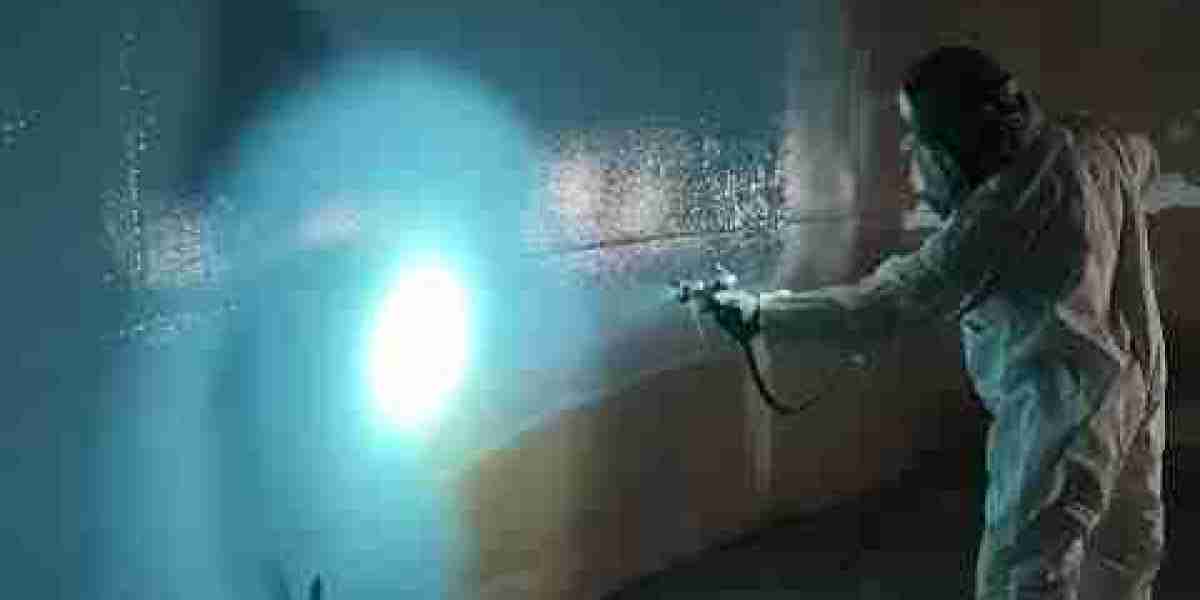ATM machine installation is a crucial step for businesses, financial institutions, or retail spaces looking to provide convenient access to cash for customers. Whether it’s for a new location or upgrading an existing one, proper ATM installation ensures the machine functions smoothly, is secure, and serves its intended purpose effectively. This guide explores everything you need to know about ATM machine installation and highlights essential factors to consider during the process.
Understanding ATM Machine Installation
ATM machine installation is the process of setting up an Automated Teller Machine (ATM) at a designated location. This process involves selecting the right machine, preparing the site, and ensuring that all necessary infrastructure is in place for the ATM to operate. Whether it’s a standalone unit or integrated into a bank branch, each ATM installation must be handled with care and attention to detail to avoid any operational disruptions.
Before initiating the installation, it’s important to identify the type of ATM that suits the location. Options may include through-the-wall (TTW) ATMs, which are installed into the exterior walls of buildings, or free-standing units typically placed within retail stores, malls, or lobbies.
Key Steps in ATM Machine Installation
Site Selection and Preparation
The first step in any ATM installation is selecting an ideal location. The site must meet several criteria for optimal functionality and security. The location should be easily accessible to customers, have sufficient space, and comply with local zoning laws and regulations. Additionally, the site must have the necessary power and data connections to support the ATM.
When selecting a site, businesses should also consider foot traffic. High-traffic areas like shopping centers or busy streets are often ideal for ATM placement. Security is another crucial consideration, as ATMs should be located in areas with adequate surveillance and lighting to protect both the machine and its users.
Selecting the ATM Machine
Once the location is confirmed, the next step is choosing the right type of ATM. Depending on the needs of the business or financial institution, a variety of machines may be available, including basic cash dispensers or more advanced machines that offer additional services like bill payments, check deposits, or account balance inquiries.
Choosing an ATM machine should be based on the intended usage, budget, and the level of functionality required. It’s also essential to select an ATM with appropriate security features, such as anti-skimming technology, to protect users from fraud.
Installation and Setup
The actual installation of the ATM machine involves several key tasks. These include securely anchoring the machine to the floor or structure, connecting the electrical supply, and setting up the necessary network or communication connections to allow the machine to connect to banking systems.
During installation, it's critical to ensure that the ATM is placed in compliance with accessibility standards. For example, the machine should be positioned at a height that is accessible to all users, including individuals with disabilities.
Security Measures
Security plays a vital role in ATM machine installation. ATMs are often targets for theft or vandalism, so it’s essential to install the machine with sufficient security features. This includes integrating surveillance cameras, alarm systems, and secure locking mechanisms to prevent unauthorized access.
Additionally, securing the ATM against external threats, such as skimming devices or tampering, should be prioritized. This can be achieved by using machines that feature advanced encryption methods and regularly updating software to guard against cybersecurity risks.
Testing and Commissioning
After the ATM has been installed, it’s crucial to conduct thorough testing to ensure that it’s working properly. This involves checking the functionality of the cash dispenser, card reader, keypad, and other essential components.
The ATM should also be tested for connectivity with banking systems to ensure smooth financial transactions. During this phase, technicians check for any potential issues and resolve them before the ATM is officially commissioned for use by the public.
Ongoing Maintenance and Support
ATM machine installation is not a one-time task. Ongoing maintenance is required to keep the machine functioning properly and to address any technical issues that may arise. Regular maintenance tasks include replenishing cash, updating software, and ensuring the machine remains clean and free from dust or debris.
Many businesses or financial institutions opt for ATM installation services, which include not only the initial setup but also long-term maintenance and monitoring. These services often cover emergency repairs, cash replenishment, and software updates, ensuring the ATM operates seamlessly and remains available to users.
Common Challenges in ATM Installation
While ATM installation can be a straightforward process, there are several challenges that businesses or financial institutions may encounter.
Site Restrictions: Sometimes, zoning laws or local regulations may limit the installation of ATMs in certain areas. It's essential to check with local authorities before deciding on a location to avoid any legal complications.
Connectivity Issues: ATMs require a stable internet or phone line connection for smooth transaction processing. Poor connectivity in remote areas can lead to transaction failures or delays, frustrating users and negatively impacting the machine’s functionality.
Security Risks: Despite careful planning, ATMs are still vulnerable to criminal activities like theft and vandalism. Businesses must take extra measures to secure their machines with surveillance and alarm systems to deter potential threats.
Technical Failures: Like any other electronic device, ATMs are susceptible to technical glitches, including software malfunctions or hardware failures. Ensuring that qualified personnel are available for repairs and troubleshooting can minimize downtime and keep the machine in operation.
Benefits of Professional ATM Installation Services
Opting for ATM installation services from a professional company offers several advantages:
Expertise and Experience: Professional installation services ensure that the ATM is installed properly and functions optimally. Technicians have the skills and experience to handle complex installation processes and resolve issues promptly.
Time-Saving: Handling the installation process on your own can be time-consuming and stressful. By hiring an experienced team, businesses can ensure a quick and efficient setup.
Security and Compliance: A professional service will ensure that the ATM complies with all relevant safety regulations and is securely installed to prevent theft or fraud.
Long-Term Support: Many professional ATM installation services offer ongoing support, including routine maintenance and troubleshooting, to keep the machine in good working condition.
Conclusion
ATM machine installation is a crucial investment for businesses or financial institutions looking to provide convenient services to their customers. From choosing the right location to selecting the appropriate machine and ensuring secure installation, every step in the process must be carefully executed. By working with professional ATM installation services, businesses can avoid common pitfalls and ensure their ATM operates smoothly for years to come.







